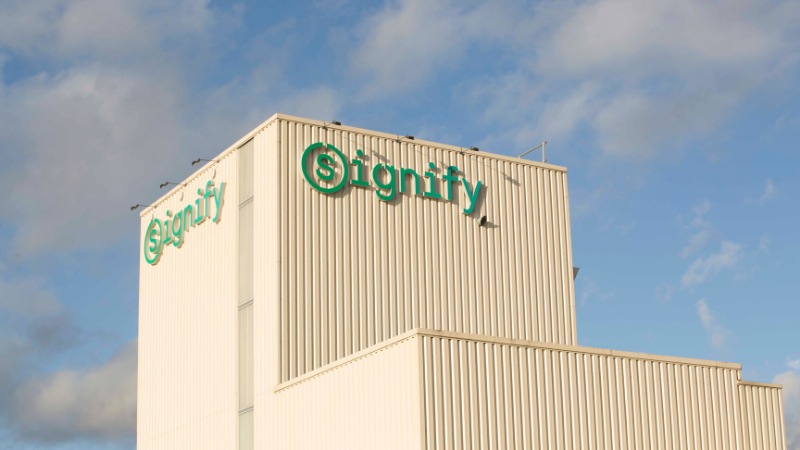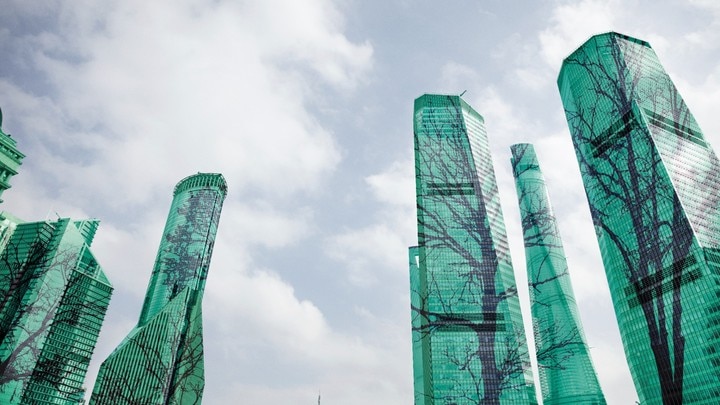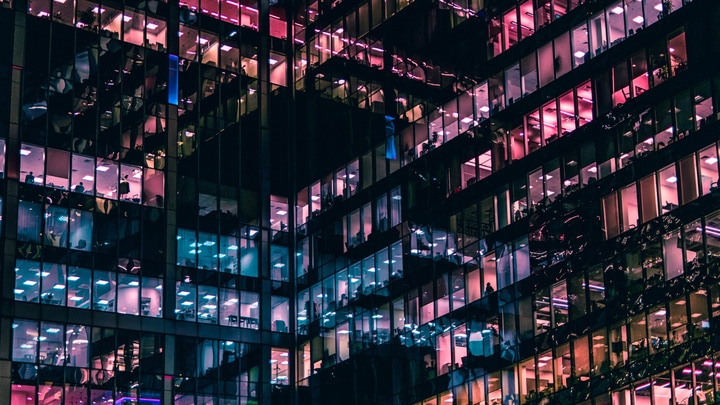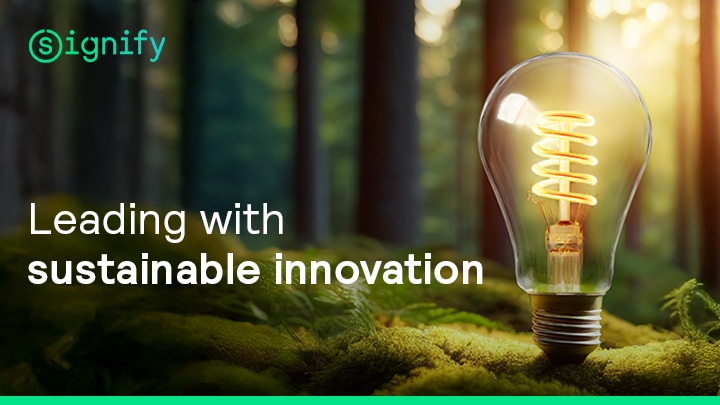January 30, 2020
Business and governments cooperating and working together will build a prosperous, green economy
The 2020s must be the climate decade. We need rapidly to identify what every government and every business can do to help us get to zero-carbon.
Three is the magic number. If we achieve a 3% increase in energy efficiency a year, driven by a similar 3% renovation rate, and combine it with a 3% annual increase in the use of renewables, we will be on the way to achieving a carbon-neutral world by 2050.






